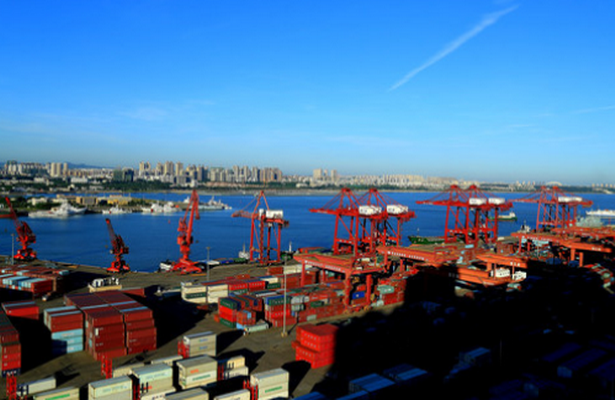Integrate global high-quality logistics and transportation resources to meet more personalized needs of domestic and foreign customers
FBA Maritime Port Knowledge Explanation
FBA sea freight is a freight transportation method that uses ships as the main means of transportation. The goods need to be loaded onto the ships at the port of origin, and after multiple days of sea transportation, they will arrive at the destination port. Ports play a very important role in the entire FBA maritime transportation process, and understanding more port related knowledge can help everyone understand maritime transportation. At present, there are hundreds of global trade ports, which can be divided into basic ports and non basic ports based on the nature of liner companies' calls.

The basic port of FBA maritime transportation refers to the port where liner companies regularly or frequently berth, often a larger port or a port with a large quantity of goods. Under normal circumstances, the transportation of goods between two basic ports is direct, and due to the small volume of goods, only a few liner ships will transfer goods on the way. During the transit period, the ship will arrive at a non basic port. Non basic ports are relatively easy to understand, that is, ports outside of basic ports. If the FBA sea route is from Shenzhen, China to Los Angeles, USA, but due to insufficient supply of goods, the liner company will load the goods midway to Nagasaki, Japan, and then depart. Shenzhen and Los Angeles belong to basic ports, while Nagasaki belongs to non basic ports. The concepts of basic and non basic ports are relative. If FBA shipping starts from Nagasaki, Japan, passes through Shenzhen, China, and arrives in Los Angeles, then Nagasaki and Los Angeles belong to basic ports, while Shenzhen belongs to non basic ports.
FBA maritime logistics companies must understand the cargo throughput of ports around the world in order to better arrange cargo transportation routes and not delay cargo warehousing work. The main ports in China include Qinhuangdao Port, Dalian Port, Tianjin Port, Qingdao Port, Shanghai Port, Ningbo Zhoushan Port, Xiamen Port, Guangzhou Port, Shenzhen Port, and Hong Kong Port. The common foreign ports for FBA shipping include New York and Norfolk in the eastern United States, Southampton, Felixstowe, Hamburg, Le Havre, Barcelona, Genoa, Marseille Forth and Rotterdam in Europe.


